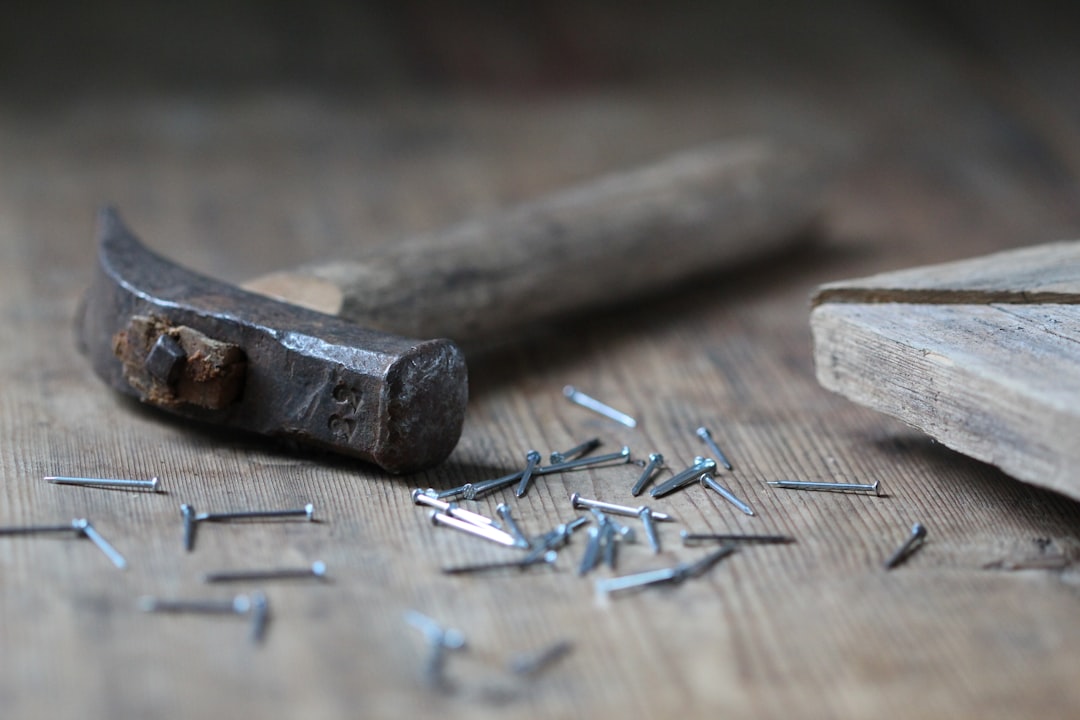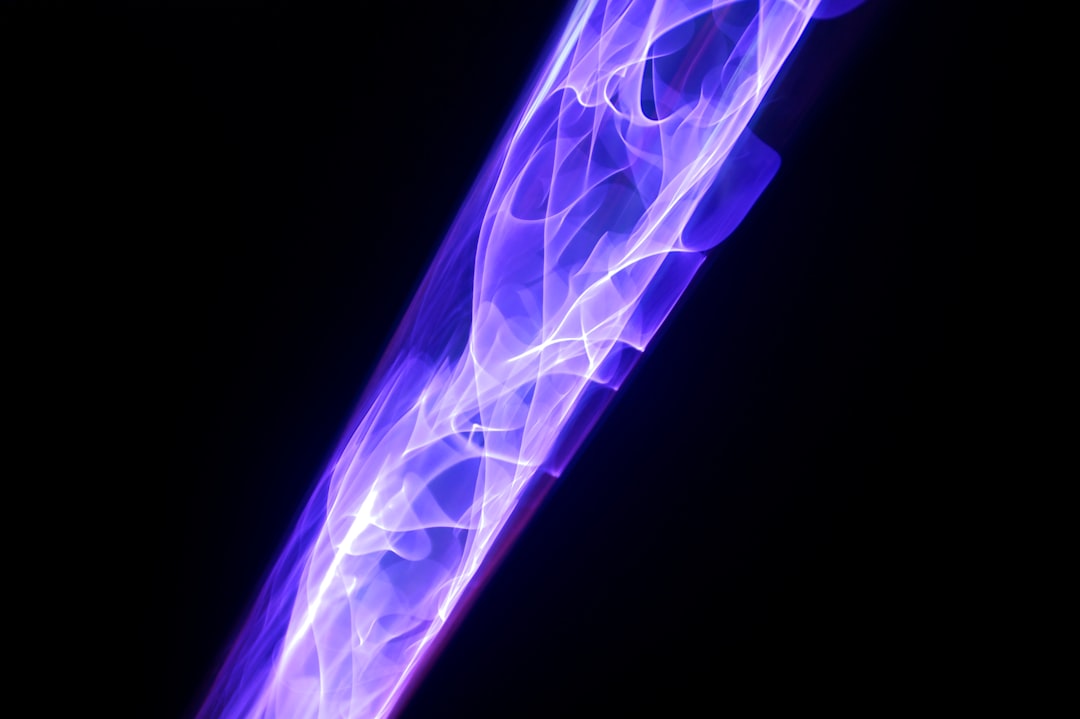What is it about?
Iron is a common metal on Earth and was formed by fusion processes in the cores of previous generations of stars. However, while it is known to be depleted from the gas phase in the interstellar medium, its precise solid form is a matter of debate. One possibility is that it is incorporated into silicate dust grains that condense in the circumstellar regions of old evolved stars before being ejected into the interstellar medium and ultimately transported to star-forming regions and protoplanetary disks. However, observations suggest dust grains are magnesium-rich and iron-poor. The objective therefore is to determine how much iron can be incorporated into silicate grains without affecting their observational properties and is best achieved through laboratory experimentation on synthesized materials. However, in the lab, iron tends to prefer to form oxides (i.e. "rust") rather than silicate and the goal is therefore to find ways of properly incorporating iron atoms into the silicate structure. To do this requires both a means of production and a suite of characterizing measurements to prove it. In this paper we show how an amorphous silicate containing properly incorporated iron atoms can be easily and quickly produced using simple gel chemistry and a microwave oven. We characterize the silicate structure using X-ray scattering and IR techniques and then use samples to investigate how iron-bearing dust grains might crystallize into mineral species via thermal annealing inside protoplanetary disks prior to the formation of planets.
Featured Image

Photo by NASA on Unsplash
Why is it important?
Cosmic dust is the original and fundamental solid material in the universe. Understanding its properties and evolution under different physical conditions is key to understanding many astrophysical processes, including the history of our own solar nebula and the physical conditions in which Earth and the other planets formed and what they formed from.
Perspectives
I have been working in the field of simulating and understanding the structure of cosmic silicates all my professional working life. It touches on the most fundamental questions of our own existence of where we came from and what is our relation to the wider cosmos. Being able to contribute, even in some small way, to our knowledge and understanding of these is both humbling and awe inspiring at the same time
Dr Stephen P. Thompson
Diamond Light Source
Read the Original
This page is a summary of: Amorphous Mg–Fe silicates from microwave-dried sol–gels, Astronomy and Astrophysics, April 2019, EDP Sciences,
DOI: 10.1051/0004-6361/201834691.
You can read the full text:
Resources
Cosmic dust - Searching for the origins of life
Razor science TV show feature broadcast on CGTN Europe
Scientists make cosmic dust in a MICROWAVE to study the chemical origins of stars, planets and life itself
Daily Mail feature by Ian Randell
Making simulated cosmic dust - in the microwave!
Press release from Diamond Light Source
Making simulated cosmic dust—in the microwave
Article in Phys Org
Amorphous silicate nanoparticles with controlled Fe-Mg pyroxene compositions
previous work on incorporating iron into silicate using vacuum drying
Fine-grained amorphous calcium silicate CaSiO3 from vacuum dried sol–gel – Production, characterisation and thermal behaviour
previous work on incorporating reactive species into silicate structure
Crystallisation of amorphous Mg-Fe silicates produced from microwave-dried sol-gels
Laboratory Astrophysics conference paper on the crystallization of microwave-dried amorphous silicates
Contributors
The following have contributed to this page










